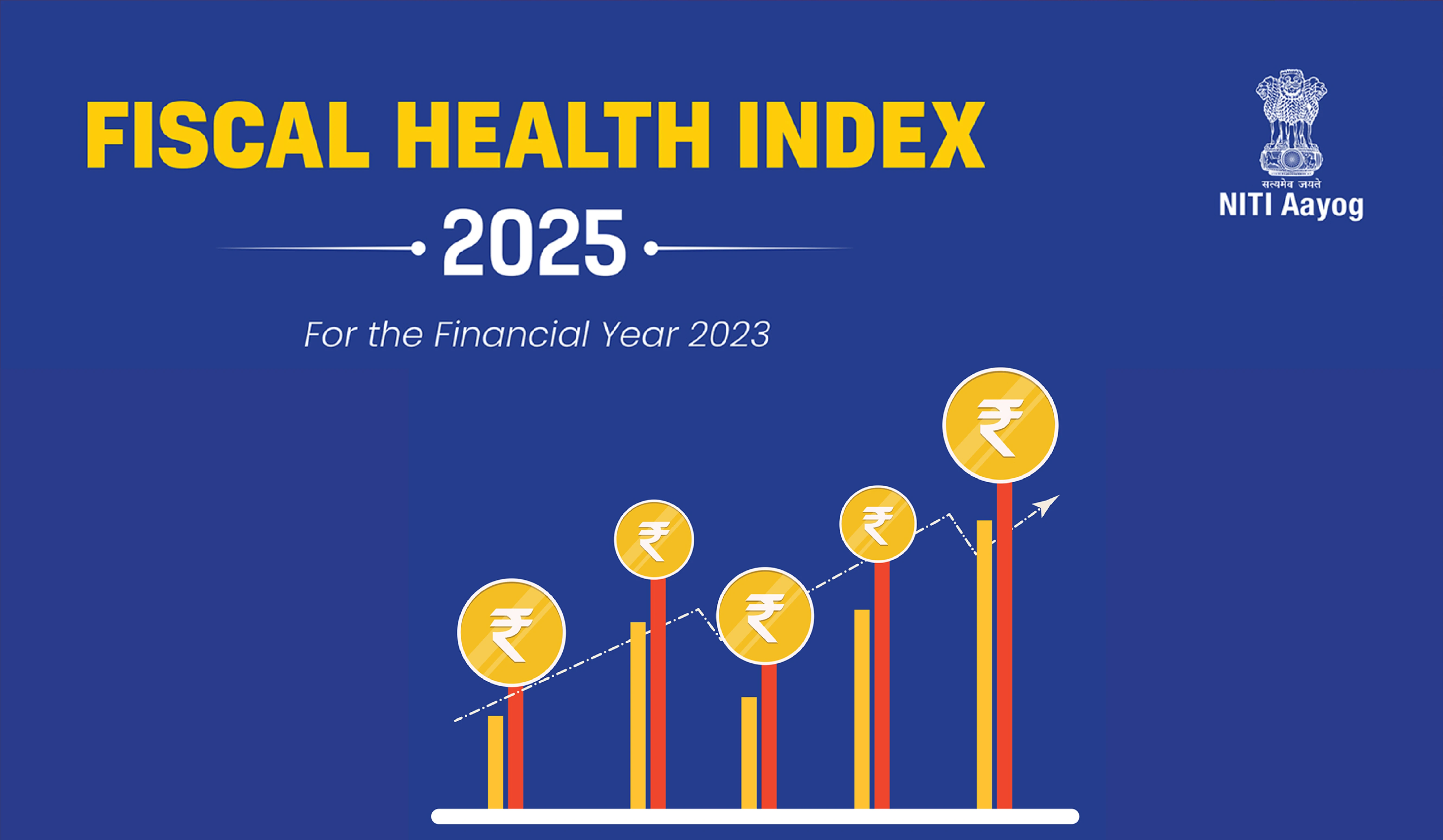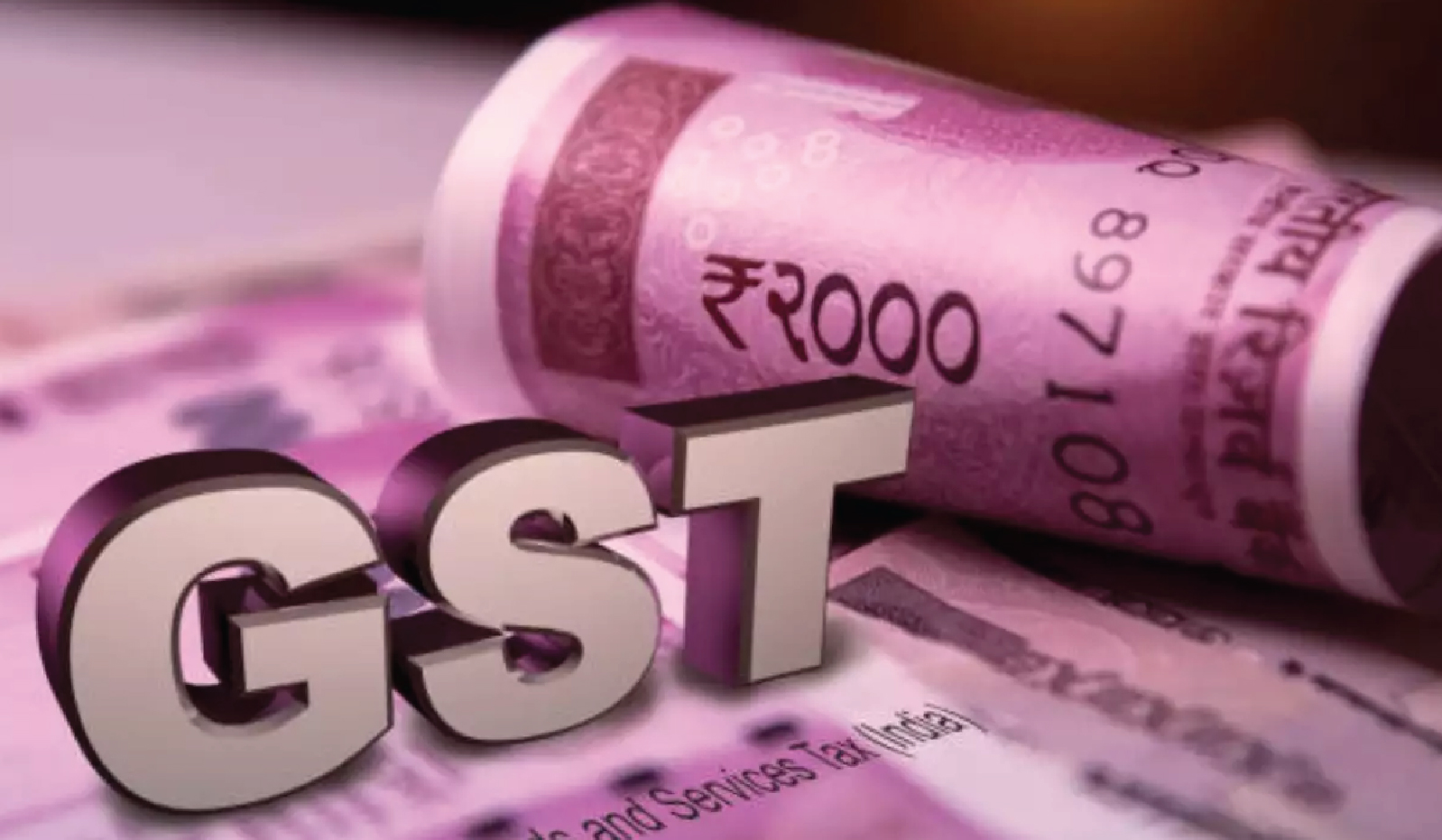With the latest restructuring of Goods and Services Tax (GST), GST Compensation Cess stands abolished, raising concerns over states’ revenue loss and fiscal autonomy.
- GST Compensation Cess aimed at providing compensation to states for loss of revenue arising on account of implementation of GST.
Trends in State’s Fiscal Autonomy
- Erosion of States’ fiscal autonomy: GST effectively shifted taxation powers from states to GST council in which the Centre has a dominant role.
- Expenditure-Resource Mismatch: States bear major responsibilities like law & order, health, education, etc. and post-GST introduction, revenue-raising power is largely centralised while expenditure responsibility remains largely with states creating fiscal imbalance.
- Declining Devolution Share: Actual tax devolution to states as a percent of Gross Tax Revenue has fallen short due to increasing cesses and surcharges, which are not part of shareable pool.
- Penalising tax sharing criteria: There are grievances regarding the tax sharing criteria of Finance Commission, which often penalizes progressive states.
- Dependence on Central Transfers: Central transfers account for 44% of States’ revenue, with higher dependence in some States (e.g., Bihar 72%), affecting liquidity management and may cause political friction in Opposition-ruled States.
Way Forward
|






